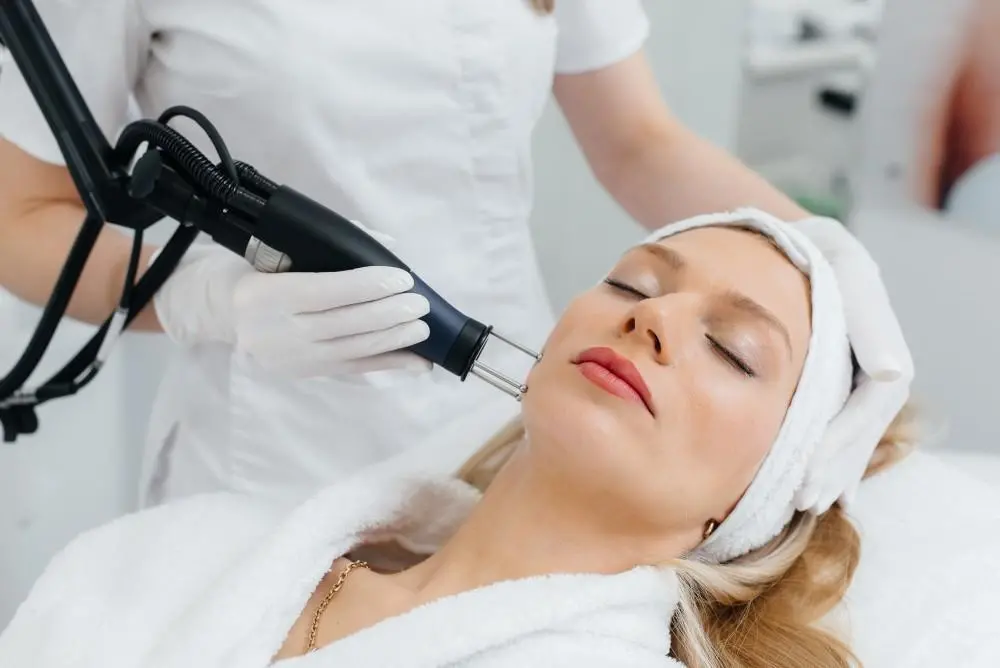Understanding the Science Behind Laser Rejuvenation
Laser skin treatments use highly concentrated beams of light to penetrate the skin at controlled depths. When the laser energy is absorbed by the skin, it creates micro-injuries that trigger the body’s natural healing response. One of the key processes involved is the stimulation of collagen and elastin production—proteins that give the skin its structure and elasticity. By rebuilding this internal framework, the skin becomes firmer, smoother, and more even in tone over time.

Targeting Wrinkles Through Fractional Laser Technology
For wrinkle reduction, fractional lasers like Fraxel or fractional CO2 divide the laser beam into thousands of microscopic treatment zones. These zones selectively treat damaged skin while leaving surrounding tissue untouched, which promotes faster healing. Fine lines, crow’s feet, and deeper wrinkles around the mouth and eyes gradually fade as new collagen forms. Patients typically see significant improvement after a few sessions, with continued collagen regeneration for months after treatment.
Effective Scar Remodeling With Laser Energy
Laser treatments also excel at minimizing acne scars, surgical scars, and even stretch marks. Ablative lasers remove the outer layer of the skin and stimulate collagen in the underlying layers, effectively smoothing out raised or pitted scar textures. Non-ablative lasers, while less aggressive, still penetrate the dermis to remodel scar tissue with minimal downtime. Many dermatologists combine laser therapy with topical agents or microneedling to maximize scar reduction.
Safety and Suitability Across Skin Types
Thanks to advancements in laser technology, treatments are now safer and more inclusive. Devices can be calibrated for different skin tones and types to reduce the risk of burns or hyperpigmentation. Cooling systems and computer-assisted controls ensure comfort and safety throughout the procedure. Dermatologists often conduct patch tests before full treatments to assess skin response and fine-tune settings for best results.
Why Results Are Long-Lasting
Unlike surface-level treatments that wash away or fade, laser therapies change the skin’s underlying structure. With good post-treatment care and sun protection, results can last for years. While the skin continues to age, the collagen stimulated during laser sessions gives long-term support, making laser rejuvenation both a corrective and preventive solution for aging and damaged skin.
